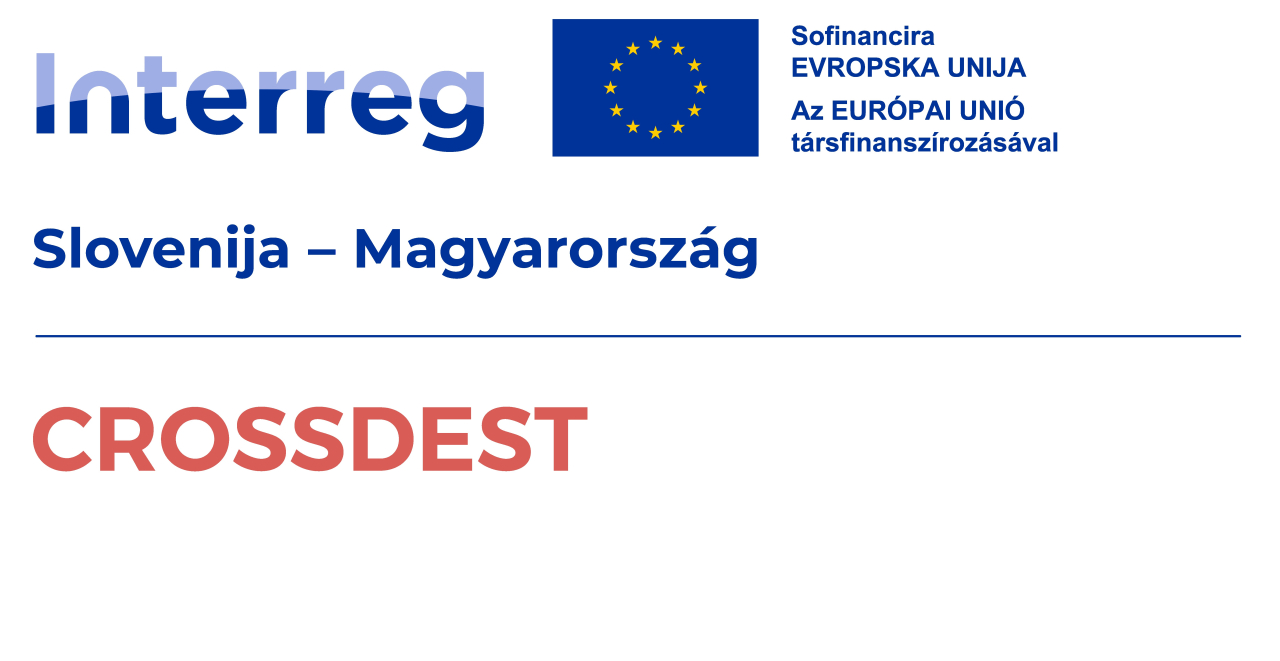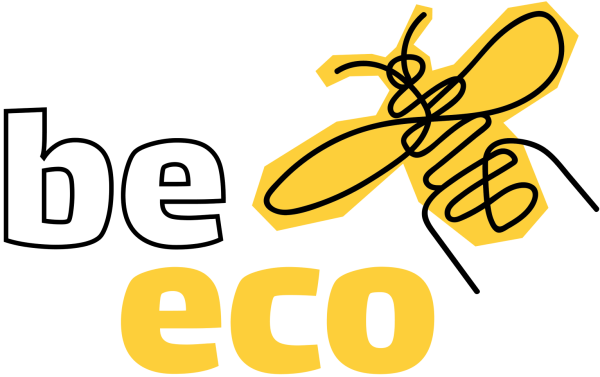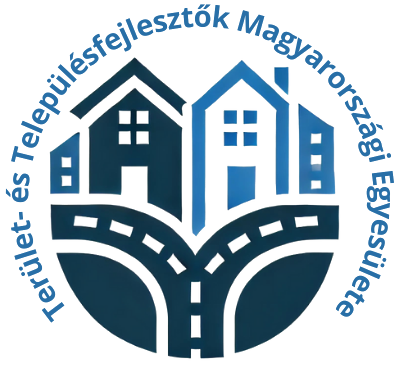-

Photo: Gazsó János -

Photo: Gazsó János -

Photo: Dobozi Közösségi Ház és Könyvtár tulajdonában álló kép -

Photo: Dobozi Közösségi Ház és Könyvtár tulajdonában álló kép -

Photo: Dobozi Közösségi Ház és Könyvtár tulajdonában álló kép










Dobozi Wenckheim Castle
The former Wenckheim Castle now functions as the Dobozi Primary School. In 1944, the castle, which originally had 52 rooms, reached its current form in three stages. First, the hunting lodge facing the main road was completed (currently a shop is located here). The single-storey hunting lodge was built by Rudolf Wenckheim based on the plans of Antal Czigler, the estate architect from Gyula, providing a place for relaxation and hospitality after hunts. In 1850, the upper floor of the castle and its extension parallel to the main road were completed, which now form part of the Dobozi Primary School building. The building took on its "U" shape at this time, and around the same period, in 1852, the romantic-style racing stables and coach house were built based on the plans of Miklós Ybl, followed by the triumphal-arched oat silo granary. Doboz became the centre of the estate, from where the Vésztő and Csorvás properties were managed. At the beginning of the 1900s, Dénes Wenckheim constructed the turret-like, mansard-roofed, slate-covered multi-storey section in the courtyard in a historicist style. A marble staircase leads to the upper floor. From the balcony room, there was a beautiful view of the castle park. The rooms featured stunning tiled stoves matching the wall colours. In the dining room, a 4-metre-tall snow-white tiled stove was brought from Belgium. The upper floor served as the living quarters for the countess and the children. The castle was furnished in an aristocratic and sophisticated manner. On the ground floor, the large dining room, among other things, served as the venue for hunting dinners, and many famous people visited the castle during hunts, including Governor Miklós Horthy. By the 1940s, Count Lajos Wenckheim transformed the castle into a true countryside residence. The corridors' walls were adorned with a collection of hundreds of beautiful and valuable roe deer and stag antlers. The Dobozi hunting lodge was well-known in aristocratic circles. Today, the impressive building houses 9 classrooms. In 1996, the building was expanded with a new wing, which included additional classrooms. The old and new building complex now welcomes Dobozi students with a modern computer room, development room, and specialised classrooms equipped with interactive whiteboards.
- Parking available
More information
Other services
Sights, programs
AllParking information
- Free outdoor parking available




